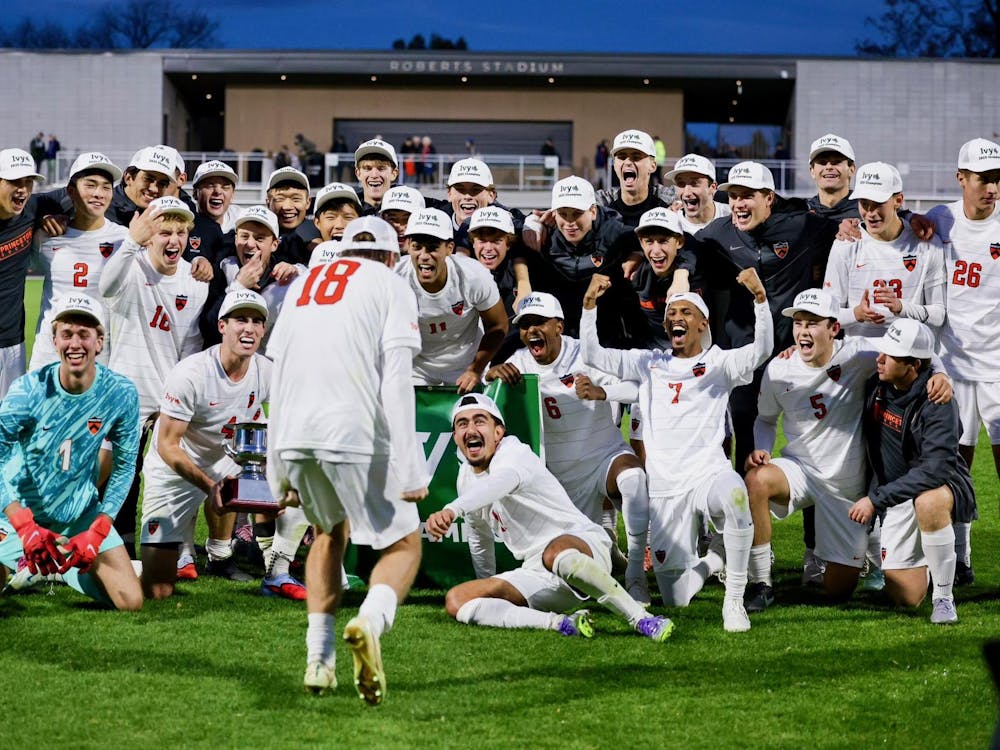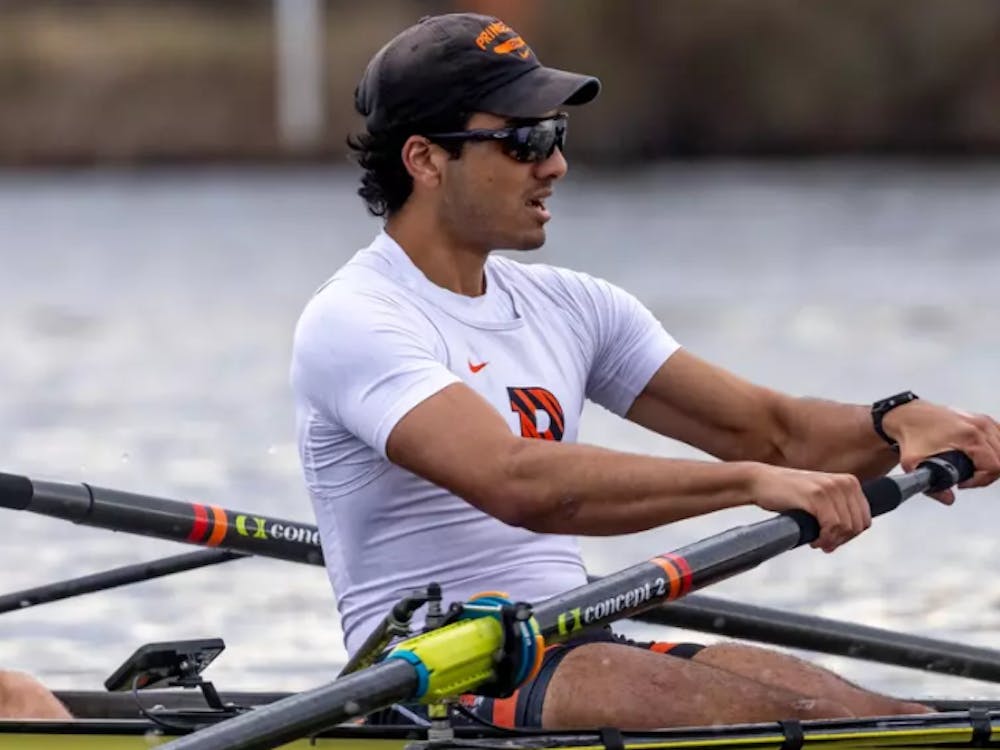Bill Rasmussen, the founder of the ESPN cable sports network, described his experience starting ESPN and encouraged his audience of about 50 students to pursue their entrepreneurial dreams in a lecture hosted by the Princeton Entrepreneurship Club on Wednesday night in Frick Hall.
Rasmussen, “the father of cable sports,” said he’s still awed by the success of his start-up cable company, which now claims more than 100 million subscribers and brings in more than $3 billion a year for its parent company, Disney.
“It’s been an amazing ride for ESPN,” Rasmussen said, “and it just keeps getting bigger and bigger.”
ESPN aired its first show, “Sportscenter,” at 7 p.m. on Sept. 7, 1979, from a remote truck in the muddy back lot of ESPN’s incomplete world headquarters in Bristol, Conn. Following the 30-minute episode of “Sportscenter,” ESPN aired its first televised game: the world championship of slow pitch softball.
Rasmussen’s TV channel, of course, has come a long way since then. But the Illinois native’s success didn’t come without a fight.
Rasmussen, who grew up on Chicago’s South Side, graduated from DePauw University in 1954 and was drafted into the Air Force a few months later. After leaving the military, he went to work for the Westinghouse Electric Company in West Orange, N.J. But Rasmussen’s true passion was sports.
“I’ve been a sports nut for a long time,” Rasmussen said.
So Rasmussen went into sports journalism.He spent three years at WTTT radio in Amherst, Mass., and then moved to WWLP-TV in nearby Springfield, Mass. After 10 years with WWLP — eight as sports director — Rasmussen went to Hartford, Conn., to serve as the World Hockey Association’s Hartford Whalers’ communications director. He loved the job but got fired after three years, and in 1977 he found himself out of a job but full of ideas.
His first idea was to start a Connecticut cable sports TV network that would cover the state’s college and professional sports teams. As fate would have it, that deal fell through when Rasmussen discovered that it would take years for his start-up to get off the ground.
But the unemployed local sports anchor refused to give up. Instead, he expanded his idea from a statewide cable sports network to a nationwide, 24-hour cable sports network.
Rasmussen’s idea was ambitious: In 1978, cable TV was still in its infancy, and no one had ever even attempted to create a 24-hour television network.
“They said a 24-hour sports network would never work,” Rasmussen said.

With minor financing, including a $9,000 cash advance that he had made to himself and $30,000 from his relatives, Rasmussen went forward with his plan to revolutionize sports coverage.
By December 1978, though, his dream was almost dead. Rasmussen was close to throwing in the towel when Getty Oil came through with $20.6 million of financing.
Rasmussen sold his share in ESPN to Texaco in 1984 and soon moved onto other pursuits. Rasmussen said that starting a company is difficult but well worth the effort. He advised Princeton students to follow his lead by trying to implement their entrepreneurial dreams.
“When you have an idea, and the excitement and enthusiasm that goes along with it, you can’t miss,” Rasmussen said.
Rasmussen’s current venture, collegefanz.com, is already the biggest online college fan forum in the country only a year after it was launched. Rasmussen envisions College Fanz, which is a web-based platform for collegiate sports fans to post comments, videos and photos of their favorite sports, as a kind of internet-age equivalent to ESPN.
Regardless of whether College Fanz succeeds, Rasmussen has left an indelible mark on the sports world. Thanks in part to the efforts of Rasmussen, sports fans in 190 countries have 24-hour TV access to a wide variety of sports. But, at 75, the “George Washington of ESPN” is far from finished.
“I can’t imagine retirement,” Rasmussen said. “I tried that after selling ESPN and didn’t enjoy it.”







